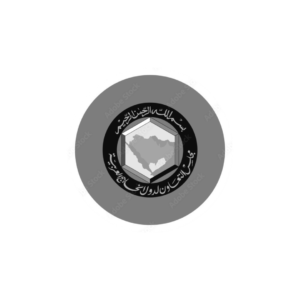
Industrial Processing Capability
We convert contracted crops into specification-stable ingredients via calibrated screening, de-stemming, optical color sorting, size calibration, and controlled grinding (TBC/powder).
Lines run documented SOPs under ISO 9001/22000 and HACCP; CCPs include inline metal detection with challenge checks and deviation protocols. We control moisture to target, monitor bulk density and sieve profiles statistically (SPC), and maintain foreign-matter barriers. Each batch carries lot IDs, retains, and full processing records for traceability. Final outputs are verified against buyer specifications and, when required, supported by COAs from accredited labs, then released to packaging with sealed samples and handover documentation.
Planing & Strategy
- Specification-locked execution and controls
- Dual-sourcing with capacity buffers
- Milestone tracking and OTIF KPIs
We translate buyer forecasts into spec-locked execution plans spanning origin procurement, certified processing, compliant packaging, and shipping.
Our S&OP cadence aligns crop calendars, capacity reservations, and vessel space; risk is mitigated via dual-sourcing, safety stocks, and alternate pack lines. We model lead times and landed cost, define QA checkpoints, and pre-build export files to compress critical paths. Change control governs deviations; KPIs (OTIF, yield, nonconformance) drive continuous improvement and transparent reporting through dispatch.












